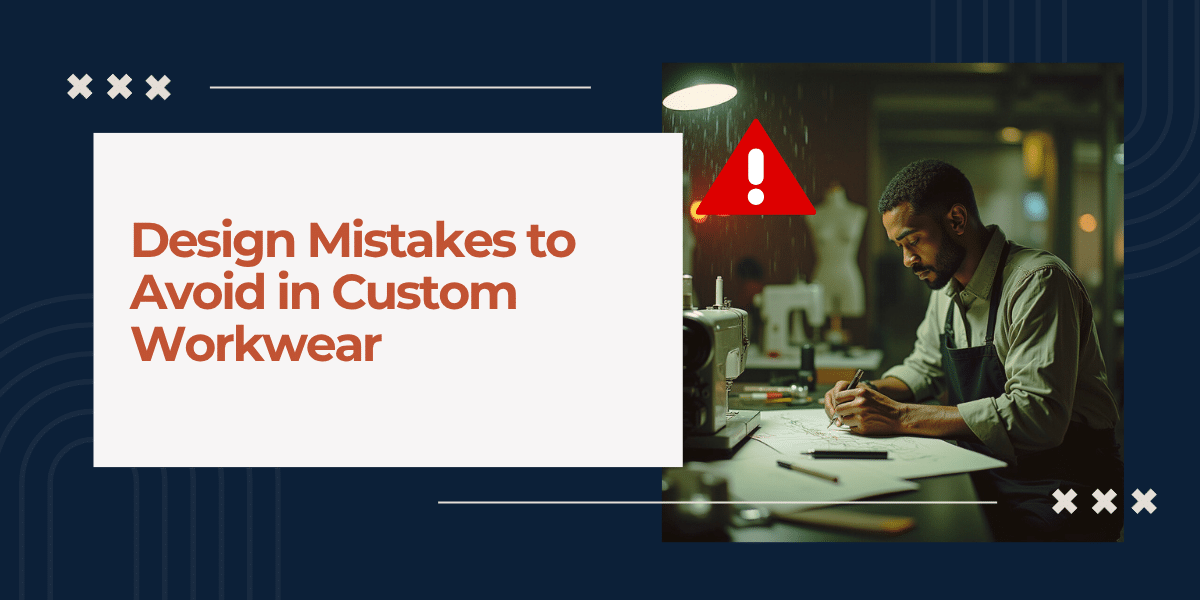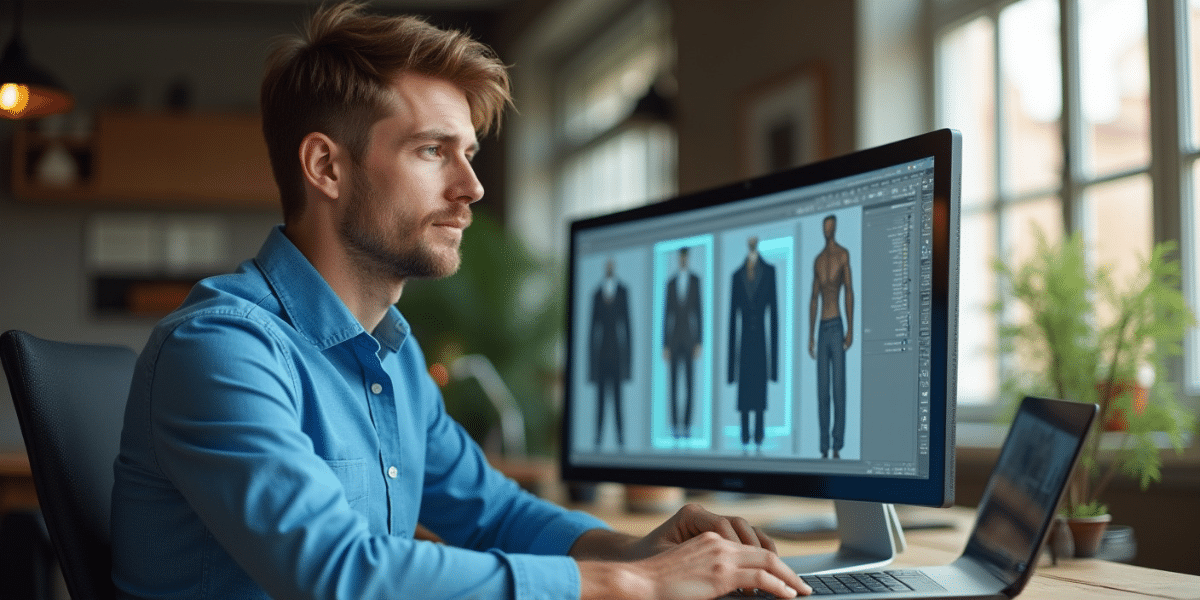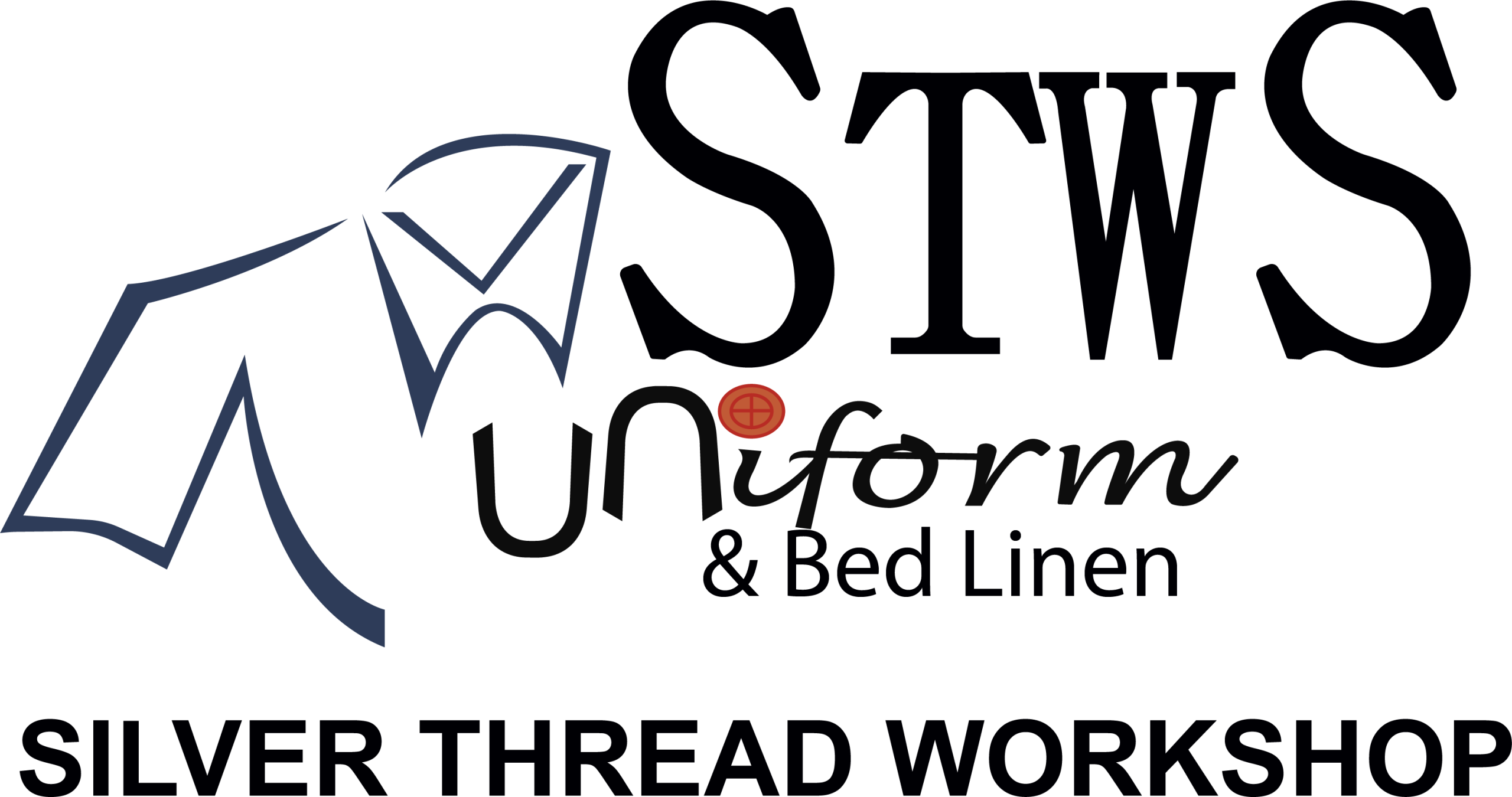Design Mistakes to Avoid in Custom Workwear

We all can agree that what we wear can say a lot about us. The first impression you can create on another person is how you dress. Moreover, when it comes to custom wear for a brand, it has to have a meaningful impact on another person.
Custom attire for your brand is an amazing way to boost your branding, improve team morale, and advertise without a problem. But, in case you don’t care enough, your intention for custom workwear can backfire quickly.
So, what mistakes should you avoid? Let’s check it out.
Top 8 Custom Workwear Design Mistakes To Avoid
Remember that your custom wear is one of the ways you tell your customers about your quality and presence. Therefore, when designing the custom wear, avoid some of the following mistakes for a better outlook of your brand:
1. Neglecting Quality of Materials
Yes, you discovered a bulk t-shirt deal that is less expensive than your morning coffee, but how much did it cost? Your masterpiece could become a scratchy disaster if you choose a low-quality fabric.
We’re talking about fading, pilling, and a lifespan that’s not as long as a pop star’s most recent single. Your custom workwear designs will genuinely appeal to people if you invest in high-quality materials for comfort and durability, and the best corporate uniform manufacturer.
2. Ignoring Functionality for Aesthetics
Uniforms must first fulfill their intended function, even though style is crucial. It can be uncomfortable and less productive to choose fabrics or cuts that look good but don’t fit your workspace.
For instance, light, breathable fabrics might not be strong enough for industrial uniforms, while heavy fabrics in hot climates can cause workers to overheat.
Work with uniform manufacturers in the UAE who can recommend materials that balance comfort and durability. They should consider the nature of the job, including whether it requires high mobility, weather resistance, or extra protective features.

3. Overcomplicating the Design
When it comes to professional uniforms, simplicity frequently prevails. Uniforms that have a lot of text, busy patterns, or several logo placements may appear cluttered and amateurish.
Employees may find excessive branding overwhelming and detracting from the overall aesthetic. Aim for a simple layout that balances the use of your brand’s colors and logo.
Maintaining visual harmony without sacrificing brand recognition can be achieved by adhering to a corporate uniform design guide.

4. Not Considering Gender and Size Inclusivity
Both literally and figuratively, there is no one-size-fits-all solution. Employee comfort and confidence may be impacted by uniforms that are not designed for various body shapes.
Providing a variety of men’s and women’s sizes, fits, and styles promotes inclusivity and team spirit. A strictly “unisex” approach should also be avoided unless the job role actually calls for all employees to wear the same clothes.
5. Poor Placement and Scaling of Logos
The core of your consistent branding is your logo, but if it is not placed correctly, it may not work as intended. It can lessen the impact of the design if it is positioned too low on the chest, too close to seams, or too big or too small.
For fast brand recognition, logo placement should be at eye level, usually on the upper chest or sleeve, in industries where staff members deal directly with consumers. Working with a designer who is aware of the limitations of both embroidery and printing will help you avoid workwear branding mistakes.
6. Failing to Test Apparel Before Ordering in Bulk
It would be similar to purchasing shoes online without consulting the sizing chart to order a gazillion t-shirts without first trying them on. To evaluate the fit, feel, and appearance, always order samples first. By taking this action, you may avoid a fashion catastrophe as embarrassing as following last year’s trends.
Before placing your bulk order, make sure you can order a blank sample of the shirt you plan to use, pre-printed samples to feel and see the difference in the inks we offer, or a full custom sample of your design to ensure everything is just right.
7. Not Planning for Future Branding Changes
Companies are more likely than they think to undergo rebranding, logo updates, or color changes. Overly customized or trend-driven uniform designs have the potential to become outdated very rapidly. Select classic styles and muted components that can be updated to reflect new branding without making outdated inventory useless.
8. Working with the Wrong Supplier
If your supplier lacks experience or quality standards, even a strong design may not work. Getting expert advice on fabrics, fits, and printing techniques is guaranteed when you work with seasoned uniform suppliers in the UAE. By suggesting tried-and-true design and production methods, they can also assist you in avoiding expensive errors.

Conclusion
A well-designed uniform is more than just workwear—it’s a reflection of your brand’s professionalism and values. Avoiding common design mistakes ensures your team looks sharp, feels comfortable, and represents your company with pride.
When you buy customized uniforms in the UAE, partnering with a trusted provider like Silver Thread UAE guarantees premium materials, expert craftsmanship, and attention to every detail. Their team understands the balance between style, comfort, and durability, helping you create uniforms that truly work for your business.
Invest in quality today, and let your uniforms speak volumes about your brand’s commitment to excellence.
FAQs
1. What are the most common custom workwear design mistakes to avoid?
Common mistakes include poor logo placement, unreadable fonts, wrong color contrasts, low-quality fabric, and ignoring brand guidelines. These errors reduce professional appeal, employee comfort, and brand recognition, making uniforms less effective in representing the company’s identity.
2. How can companies prevent branded uniform errors?
Companies can prevent errors by working with experienced designers, approving prototypes before mass production, following brand style guides, and considering fabric comfort. Regular communication with suppliers ensures the final product reflects quality, professionalism, and consistent brand identity.
3. Why is proper workwear logo placement important?
Proper logo placement improves brand visibility, maintains a balanced design, and ensures professionalism. Incorrect placement can look awkward or be less noticeable. Well-positioned logos help reinforce brand identity and leave a lasting positive impression on clients and customers.

